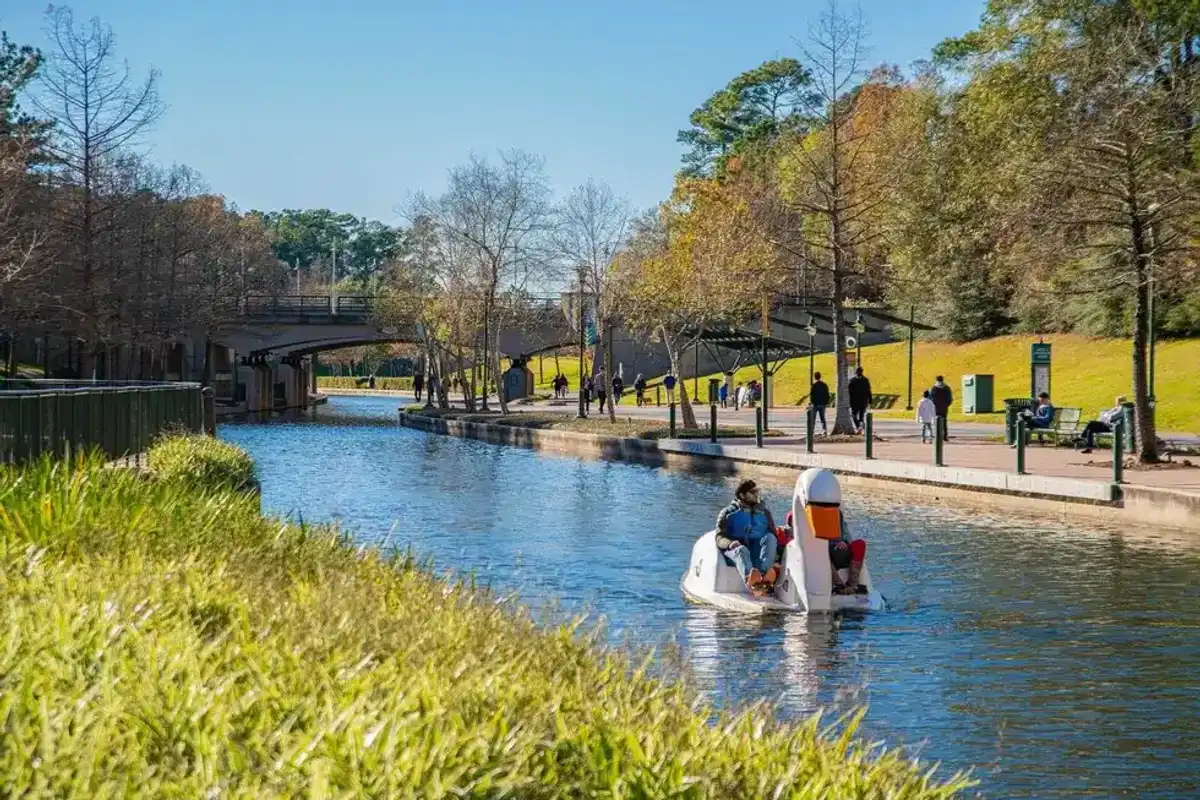Texas A&M pilots $59M program for autonomous helicopters to fight wildfires
Autonomous firefighting
Texas A&M University's George H.W. Bush Combat Development Complex will receive $59.8 million to develop a way for autonomous helicopters to fight to wildfires in the state.
The funds appropriated from the Texas legislature will go toward acquiring up to four UH-60 Blackhawk helicopters and developing their autonomous configuration, as well as to facilities, tools and equipment for research, testing and integration of firefighting capabilities over the next two years, according to a release from Texas A&M.
The BCDC was also selected to work with the Defense Advanced Research Projects Agency (DARPA) on its Aircrew Labor In-cockpit Automation System (ALIAS), which works to reduce risks for pilots and aircraft in high-risk missions.
"Working together with Texas, we have an opportunity to use autonomous helicopters to completely change the conversation around wildfires from containing them to extinguishing them,” Stuart Young, DARPA program manager for ALIAS, said in a release from DARPA.
The BCDC program will incorporate DARPA's automation toolkit, known as MATRIX, which has already demonstrated fully autonomous flight capabilities on approximately 20 aircraft platforms. MATRIX, which was developed by California-based Sikorsky Aircraft, was previously tested in proof-of-concept demonstrations of autonomous fire suppression in California and Connecticut earlier this year, according to DARPA.
“I am proud we are working with DARPA in a manner that will benefit Texas, the Department of Defense, and commercial industry,” retired Maj. Gen. Tim Green, director of the BCDC, said in the release. “Wildland firefighting will be the first mission application fully developed to take advantage of over a decade of work by DARPA on its Aircrew Labor In-cockpit Automation System (ALIAS).”
The BDC will test fully automated and semi-automated ALIAS-equipped aircraft on highly complex firefighting tasks. The complex will also work with Texas A&M University–Corpus Christi’s Autonomy Research Institute, the Texas Division of Emergency Management, the Texas A&M Engineering Extension Service, the Texas A&M Forest Service and the Texas A&M Engineering Experiment Station on the project.
John Diem, director of the innovation proving grounds at BCDC, will serve as principal investigator for the project.
“Advancing system capabilities through the last stages of technology maturation, operational testing, and concept development is always hugely exciting and rewarding,” Diem added in the release. “The best part of my career has been seeing systems I tested move into the hands of warfighters. Now, I’m proud to help ensure ALIAS is safe and effective in protecting life and property – and we will do that through realistic and challenging testing.”
- First-of-its-kind electric jet to fly over greater Houston area ›
- Autonomous truck company rolls out driverless Houston-Dallas route ›
- Texas A&M awarded $1.3M federal grant to develop clean energy tech from electronic waste ›
- Texas A&M University approves $60.3M for military innovation project ›
- Texas university to lead new FAA tech center focused on drones ›

 B. Don Russell, professor of electrical and computer engineering, led the research at A&M. Photo via A&M
B. Don Russell, professor of electrical and computer engineering, led the research at A&M. Photo via A&M



